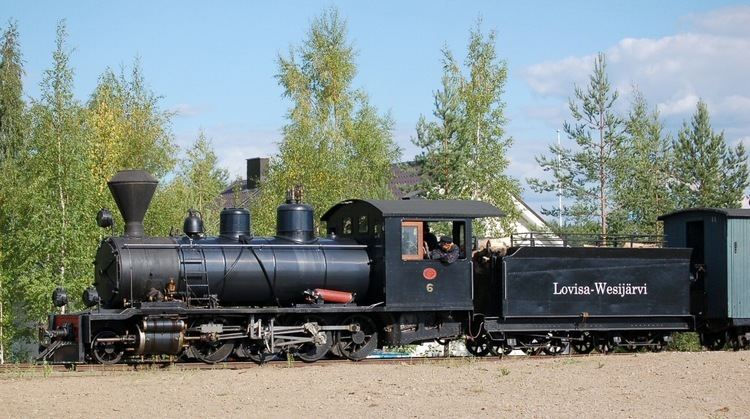 | ||
The vast majority of Finnish narrow-gauge railways were owned and operated by private companies. There are only a few instances where narrow-gauge railways were in direct connection with each other, and those interchanges did not last for long. The railways never formed a regional rail traffic network, but were only focused on maintaining connections between the national Russian-gauge railway network and the off-line industries.
Contents
Some railways were closed due to competition from the roads, others were converted to 1,524 mm (5 ft) Russian gauge.
Common carriers
Other lines were notably shorter. The common gauges were 600 mm (1 ft 11 5⁄8 in) and 750 mm (2 ft 5 1⁄2 in), with a few railways built with 785 mm (2 ft 6 29⁄32 in) and 1,000 mm (3 ft 3 3⁄8 in) gauges.
Tourist and heritage lines
Narrow-gauge tourist and heritage lines of 600 mm (1 ft 11 5⁄8 in) gauge and 750 mm (2 ft 5 1⁄2 in) narrow gauge still operate.
